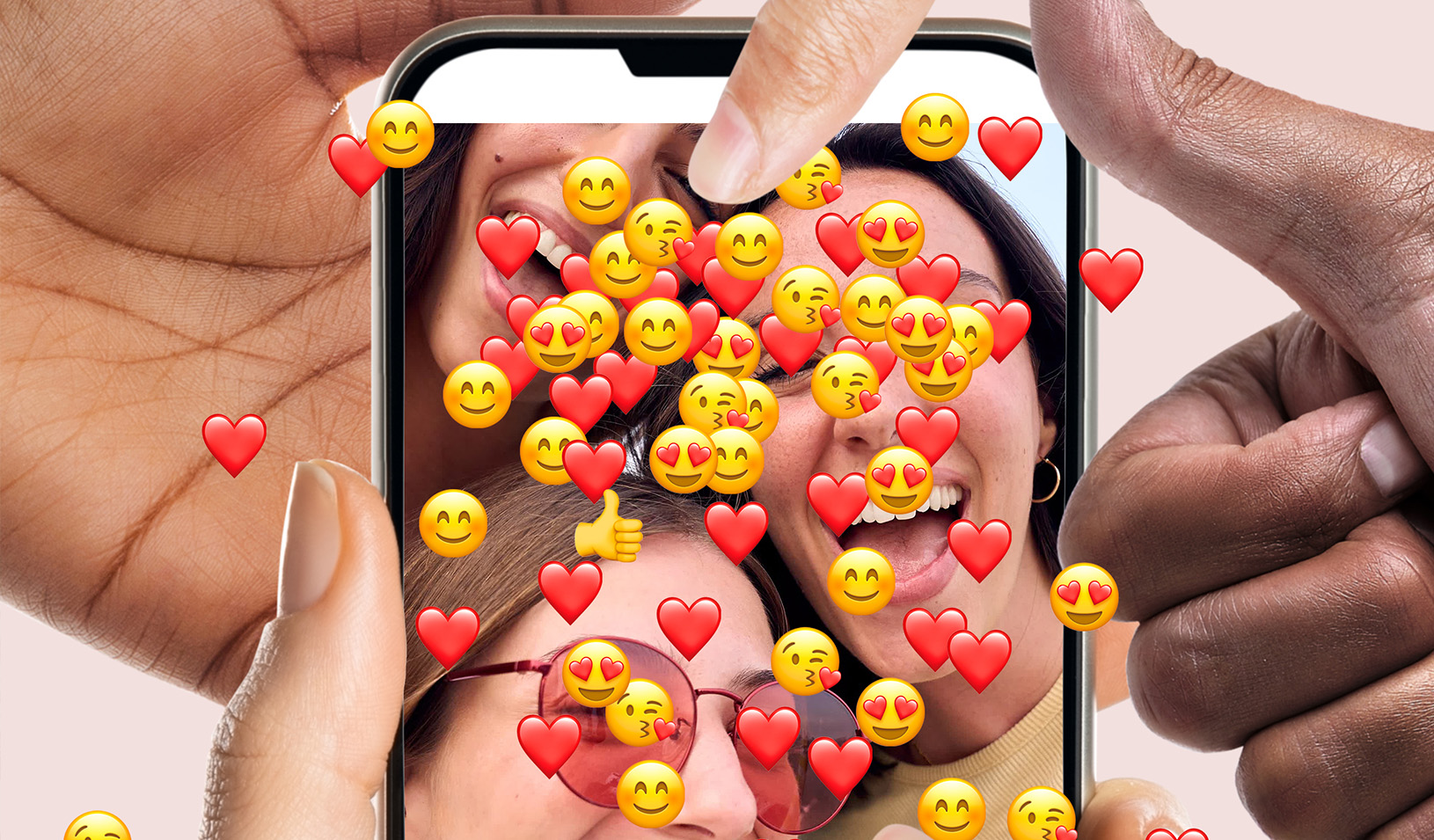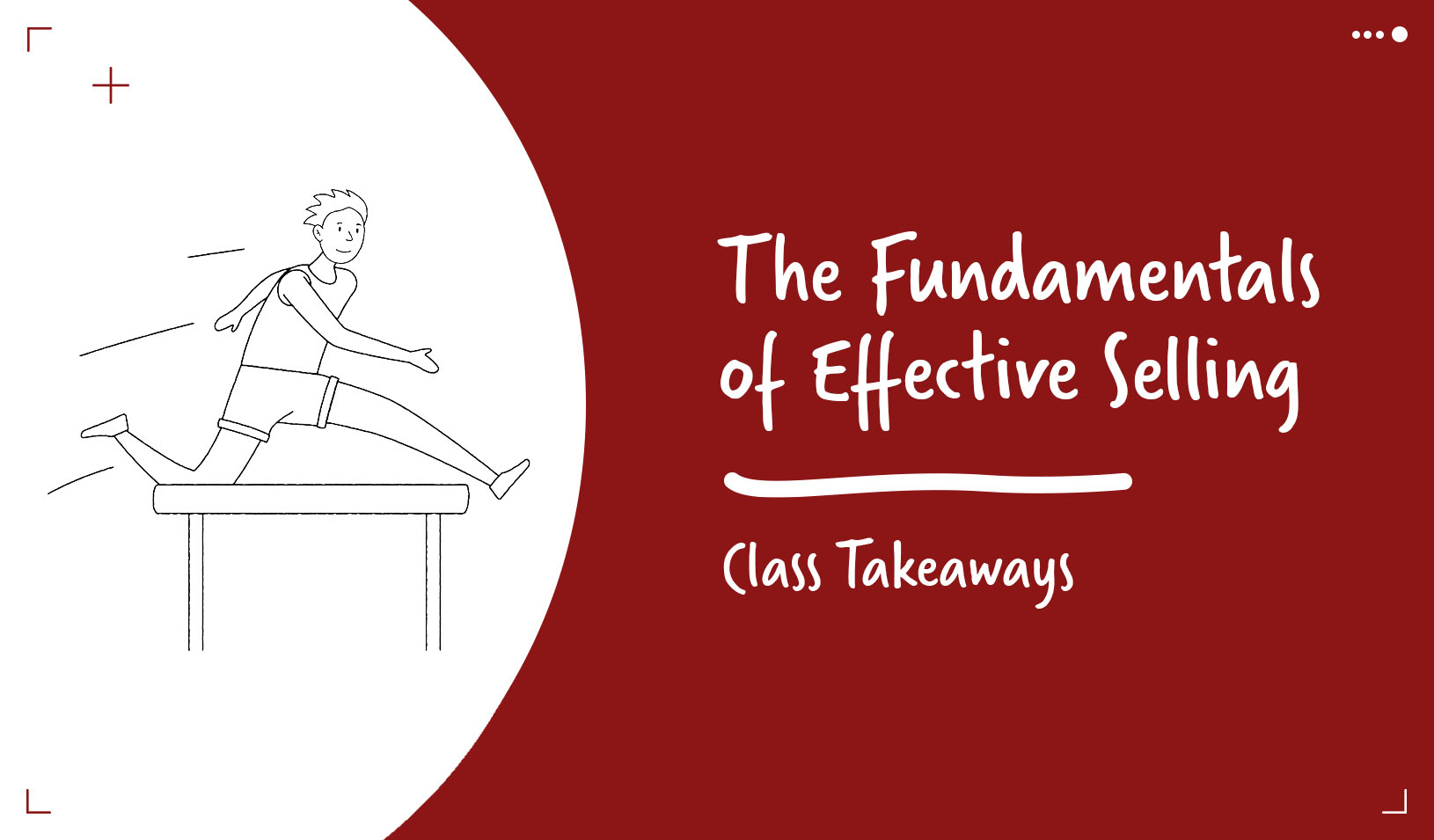You’re trying to catch the digital photography wave. You’ve set up a hot-looking website, picked features and price points the competition can’t beat, and you’re attracting lots of customers. Then kaboom! A careless technician hits the wrong key and hundreds of orders of snapshots are deleted. The end result? Some of your customers like your service better than ever.
Not the outcome you expected? Of course not. But a new study by Jennifer Aaker, a professor of marketing at Stanford GSB, suggests that miscues by a business can actually reinvigorate flagging customer interest and loyalty.
Needless to say, Aaker and her co researchers — Susan Fournier of Boston University and S. Adam Brasel, PhD ‘04, of Boston College — don’t suggest that angering customers is a preferred marketing strategy. In a study, however, they did find that brand personality has a significant impact on customer relationships and the ability of a brand to recover from mistakes.
“Marketers seem to have thought personalities of their brands were something flavorful to add to their advertising. But now we have evidence that brand personalities can affect the very existence and strength of the consumer relationship. It is a powerful tool that is underleveraged and poorly understood,” they argue. And like human personality traits, brand personality traits “once conceived as unidimensional and static are, in fact, multi-dimensional and quite active.”
Intel, for example, projects a fun, fresh, energetic personality with its “Intel Inside” consumer campaigns that make a once invisible ingredient seem like the most exciting part of the PC. But the chipmaker has another personality when marketing to business users. It’s competent, with the emphasis on technological innovation and overall reliability.”Brands, their personality associations and the ensuing relationship to customers need to be nurtured, understood, and managed,” says Aaker.
“When Good Brands Do Bad,” a paper by the three researchers, is the result of a two-month field experiment exploring the relationships that formed between consumers and an online photographic service brand. Aaker and colleagues studied the effects of “transgressions,” hat is lapses in service or violations of trust by brands with different personalities — one “sincere,” the other “exciting.”
Sincere brands, the authors explain, dominate the world of classic brands such as Hallmark, Ford, and Coca-Cola. “Traits of nurturance, family-orientation, and traditionalism, which have been positively related to relationship strength and satisfaction are characteristic of sincere personalities. In addition, trustworthiness, which can temper feelings of vulnerability and strengthen a relationship, is a product of “sincerity,” they argue.
“Exciting brands,” the paper states, “are built around qualities of energy and youthfulness. Exciting brands such as YAHOO!, Virgin, and MTV, attempt to differentiate through unique and irreverent advertising, cool brand logos, atypical brand names, and hip language.”
Some earlier studies suggest that although exciting brands can be attractive and attention getting, they may be seen as less legitimate and therefore unable to garner consumer trust. The truth of that assumption was one of the most significant questions the researchers set out to answer.
Participants for the study were recruited under the guise of involvement in a beta test of a new online photographic film processing and digitizing company named Captura Photography Services. The cover story helped justify the high level of interaction and monitoring the experiment required.
Two personalities were created for Captura — one sincere, the other exciting. Each had its own website and email messages, designed by website professionals and copywriters to reflect that brand’s personality.
Ultimately, the 48 beta-test participants were told that they would interact the branded service one to three times each week over two months. Each participant was sent disposable cameras to be used then returned to Captura for development and posting in an online photo album. They received emails instructing them to interact with Captura in various ways, such as visiting the website to read magazine-like articles outlining innovative uses for disposable cameras or to get news about photography contests. This allowed the customers to get to know all aspects of Captura’s site and service offerings. None of the participants knew there were actually two Captura sites, of course.
Factors such as color (soft browns, oranges and yellows versus vivid reds, purples and greens), vocabulary, and content determined personality. While a message from the sincere brand would start with “Hello,” a message from the exciting brand would begin, “Hey!” Similarly, content as contained in postings — family picnics versus rock climbing on the “Stories” page and page links to Disney and Kodak instead of MTV and Spin — conveyed the personality. The participants filled out questionnaires exploring their reactions to the service three times over the two-month test period.
After seven interactions with Captura, half of the participants in each group were told that an employee had accidentally erased their online photos (although their actual photos were still intact). At the same time, the other half was reminded that their NetAlbum was available online.
Two days later, apologies were sent out to those who were let down, and participants were told that the online photo album had been restored.
How could you do that to me?
When the questionnaires were tallied and analyzed a few points were clear:
The sincere brand enjoyed stronger relationships than the exciting brand — until the photos were lost. The transgression did remarkable damage to the sincere brand. Moreover, the sincere brand did not show significant signs of recovery despite apologies and attempts to make amends. When there was no transgression, the relationships between the participants and the exciting brand deteriorated. However, when the transgression and recovery occurred, the relationship with the exciting brand took an upturn on many measures. The relationship became more permanent in the participants’ mind. And the event allowed trust, accountability, and responsibility to be established for the first time.
In this sense, the transgression operated as a means of reinvigorating the exciting brand relationship.
Interestingly, the researchers conclude that, “these findings suggest that putting trustworthiness forth as a fundamental and overarching imperative warrants re-consideration.”
“Trust,” Aaker said in an interview, “is much heralded in marketing, but it has a downside. When trust is violated — as it often is in long-standing relationships — particularly those established with a sincere, warm, and honest partner — it can be devastating. In concrete ways, this data shows a dark side of blind pursuit of partner quality and trust. What needs to be understood and managed are the contracts, norms and rules that underlie the relationship between a consumer and brand, and how a brand’s actions fit or violate with those norms.”
What to do with this knowledge? “Be aware of the type of brand partner you are, the type of relationship you are helping to create, and the expectations that are being set in the consumer’s mind,” argues Aaker. “Also, know that brands will screw up. Indeed, that is the only relationship given of which we can be sure. The question is what will that breech do to the relationship — how will it cause consumers to redefine their contracts to the brand? Will they realign with more intimacy, or redefine the contract toward greater distancing?”
There are no silver bullets. However, this research does show that if trust is broken, you have to move quickly, wisely, and strategically to repair it.
For media inquiries, visit the Newsroom.






